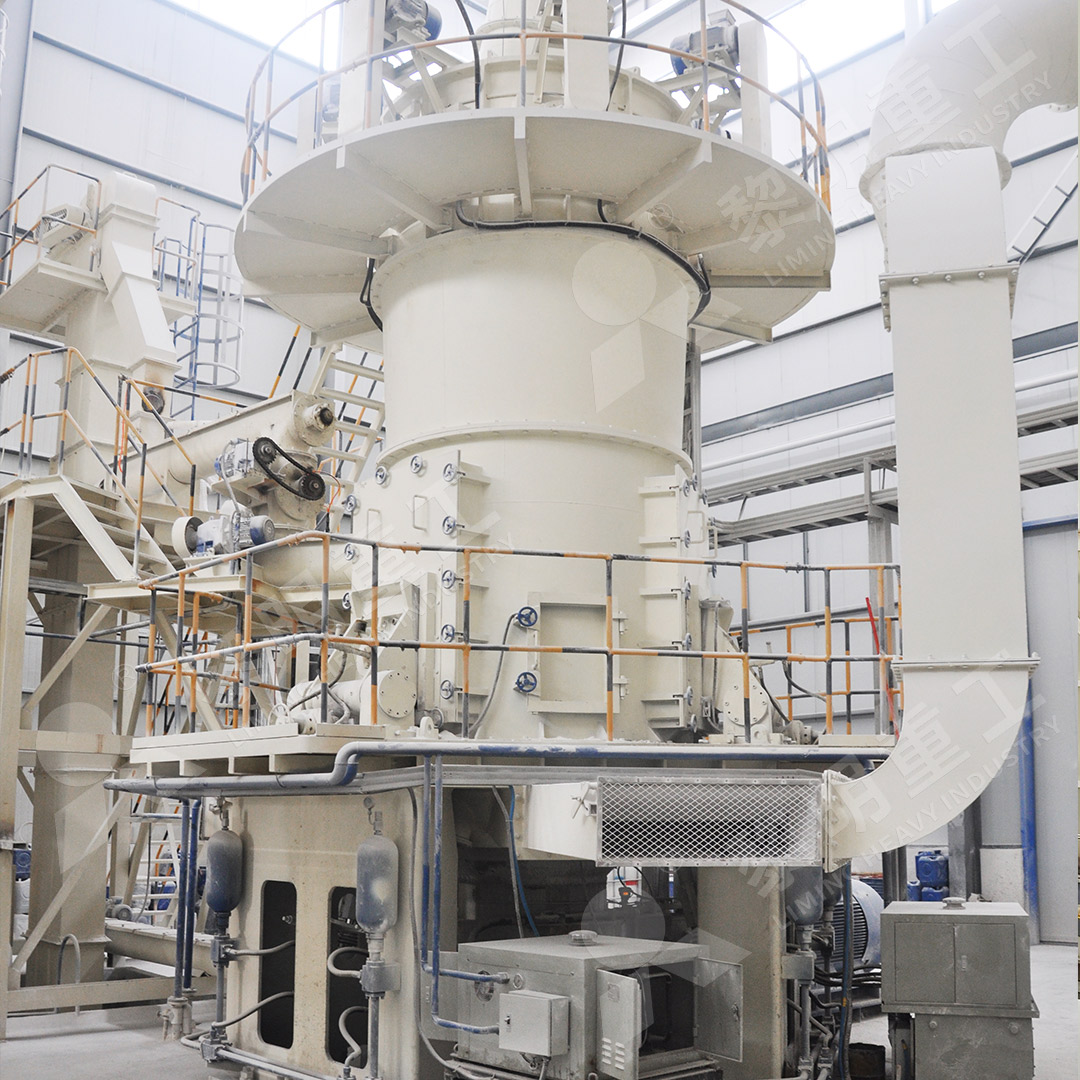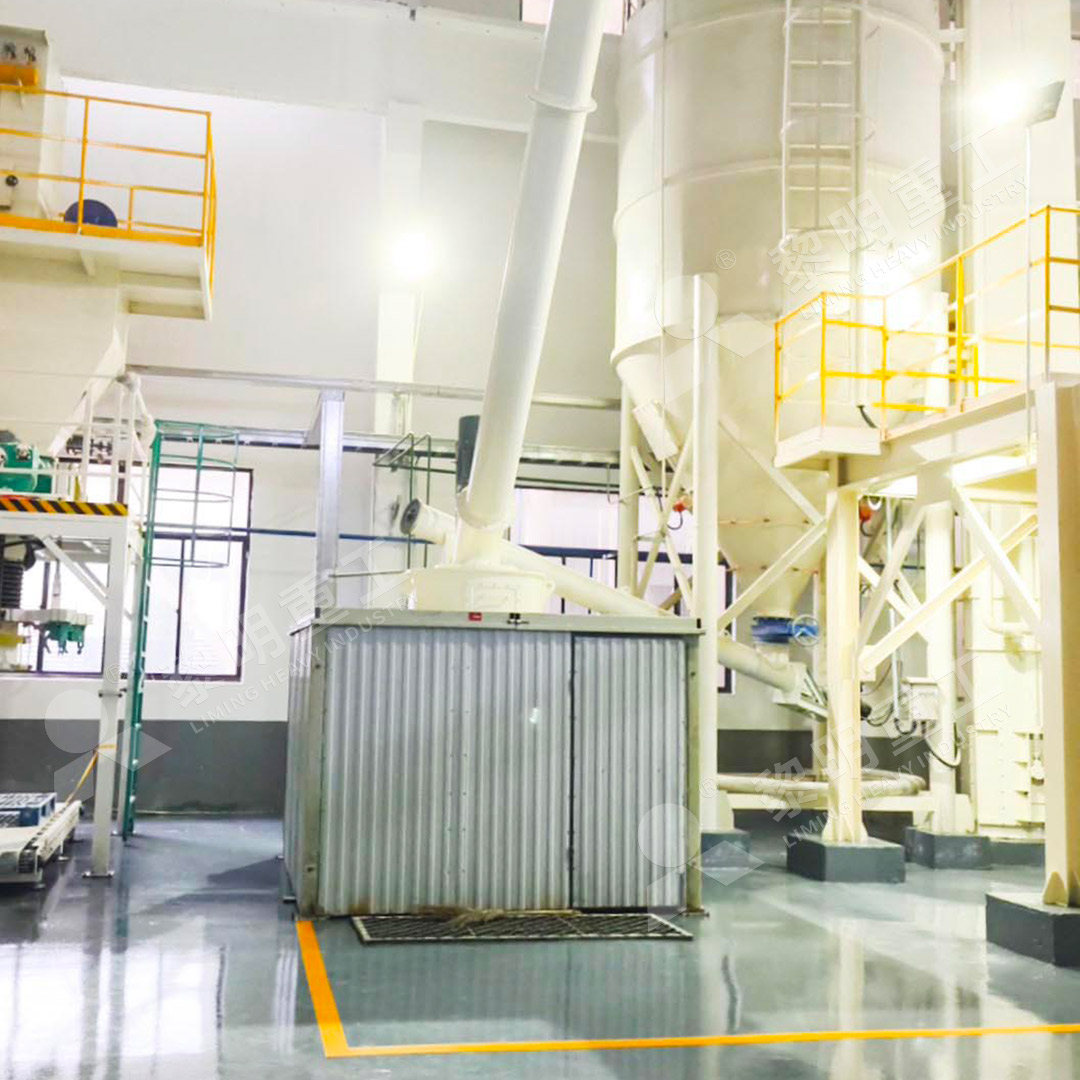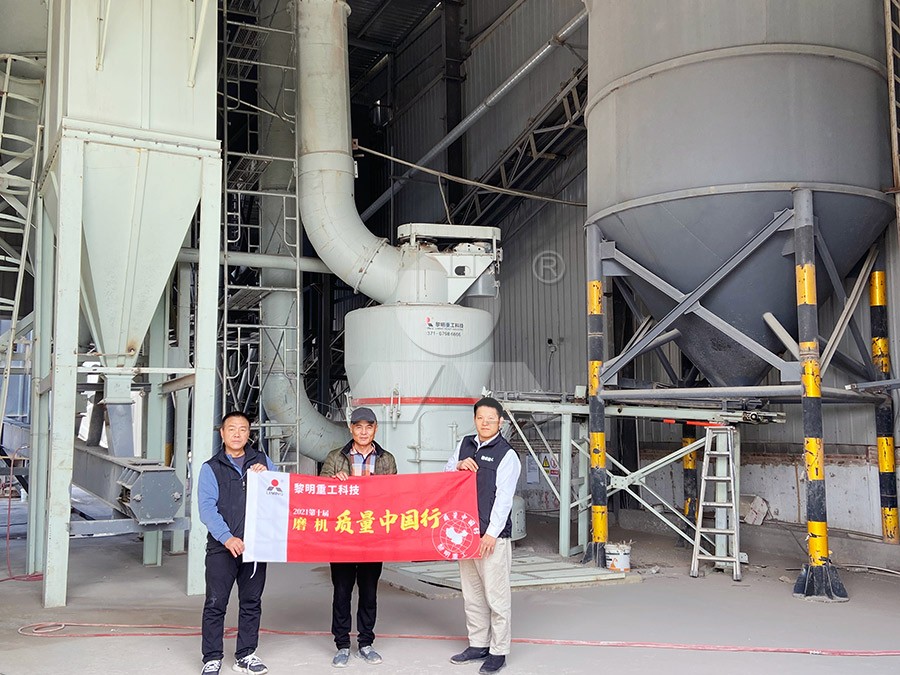How to Modify the Classifier of a Coal Ash Grinding Mill for Finer Powder Production
How to Modify the Classifier of a Coal Ash Grinding Mill for Finer Powder Production
In the mineral processing industry, achieving the desired fineness in coal ash powder production is crucial for meeting specific application requirements. Many operators face challenges when their existing grinding equipment fails to produce the ultra-fine powders demanded by modern industries. Fortunately, several effective modifications can significantly enhance your mill’s performance without requiring complete equipment replacement.
The classifier system represents one of the most critical components for determining final product fineness. This article explores practical approaches to classifier modification that can transform your coal ash grinding operations.
Understanding Classifier Functionality
Classifiers serve as the gatekeepers of particle size distribution in grinding systems. They separate adequately ground particles from those requiring further processing, directly impacting production efficiency and product quality. In coal ash applications, precise classification becomes particularly important for achieving consistent results across varying material characteristics.
Traditional classifiers often struggle with achieving fineness beyond 325 mesh while maintaining reasonable throughput. The limitations typically stem from design constraints in blade configuration, rotational speed control, and airflow management.

Practical Modification Strategies
Several proven modification approaches can enhance your classifier’s performance:
Rotor Speed Adjustment: Increasing classifier rotor speed creates greater centrifugal force, allowing only finer particles to pass through. This straightforward adjustment can significantly reduce product particle size, though it may slightly decrease throughput.
Blade Angle Optimization: Modifying classifier blade angles improves separation efficiency by creating more precise cut points. This adjustment requires careful calculation to balance separation sharpness with pressure drop considerations.
Airflow Pattern Enhancement: Redesigning airflow paths within the classification chamber reduces short-circuiting and improves separation accuracy. This often involves installing guide vanes or modifying existing ductwork.
Advanced Control Systems: Implementing modern PLC-based controls allows real-time adjustment of classifier parameters in response to changing feed conditions, maintaining consistent product quality despite variations in raw material characteristics.
When Modification Isn’t Enough: The Equipment Upgrade Solution
While classifier modifications can yield impressive results, there comes a point where equipment limitations prevent further improvement. When facing such scenarios, upgrading to purpose-built ultrafine grinding technology becomes the most economically sound decision.
For operations requiring consistent production of coal ash powder between 325-2500 meshes, the MW Ultrafine Grinding Mill represents an ideal solution. This advanced system features a German-designed cage-type powder selector that delivers exceptional separation precision. The innovative design allows exact fineness adjustment while maintaining high throughput rates of 0.5-25 tph.

What sets the MW series apart is its unique mechanical design that eliminates rolling bearings and screws from the grinding chamber entirely. This revolutionary approach prevents common failure points and enables continuous 24-hour operation without lubrication-related shutdowns. The integrated pulse dust collector ensures environmentally compliant operation, addressing growing regulatory concerns in mineral processing facilities.
For operations with space constraints or requiring vertical configuration, the LUM Ultrafine Vertical Grinding Mill offers similar benefits in a different footprint. With input size capability of 0-10mm and capacity ranging from 5-18 tph, this mill incorporates the latest grinding roller technology from Taiwan and German powder separating technology for exceptional performance in coal ash applications.
Implementation Considerations
Before undertaking classifier modifications or equipment upgrades, conduct a thorough analysis of your specific requirements. Consider factors such as desired production capacity, target fineness, available footprint, and budget constraints. In many cases, the return on investment for modern equipment significantly outweighs the cumulative costs of repeated modifications to outdated machinery.
Proper installation and calibration remain critical regardless of the approach selected. Work closely with experienced technicians to ensure optimal performance from day one, and establish a preventive maintenance schedule to protect your investment long-term.

Frequently Asked Questions
What is the typical fineness range achievable through classifier modification?
With proper modifications, many conventional mills can achieve fineness up to 400-500 mesh. Beyond this range, equipment limitations usually necessitate upgrading to specialized ultrafine grinding systems like the MW series, which reliably produce powders between 325-2500 meshes.
How does increased fineness impact production capacity?
There’s typically an inverse relationship between fineness and throughput. However, advanced systems like the MW Ultrafine Grinding Mill mitigate this trade-off through optimized grinding curves and efficient separation technology, maintaining higher capacity at given fineness levels compared to conventional equipment.
What maintenance considerations apply to modified classifiers?
Modified systems require careful monitoring of wear patterns, particularly on adjusted components. The MW series addresses this concern through its innovative design that eliminates common failure points, significantly reducing maintenance requirements and associated downtime.
Can existing dust collection systems handle the increased fine powder production?
This depends on your current system’s capacity. The MW Ultrafine Grinding Mill includes an integrated efficient pulse dust collector specifically designed to handle the high volume of fine powders generated during ultrafine grinding operations.
